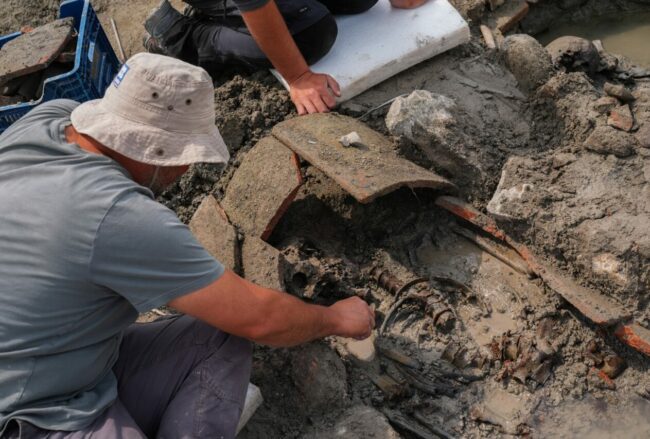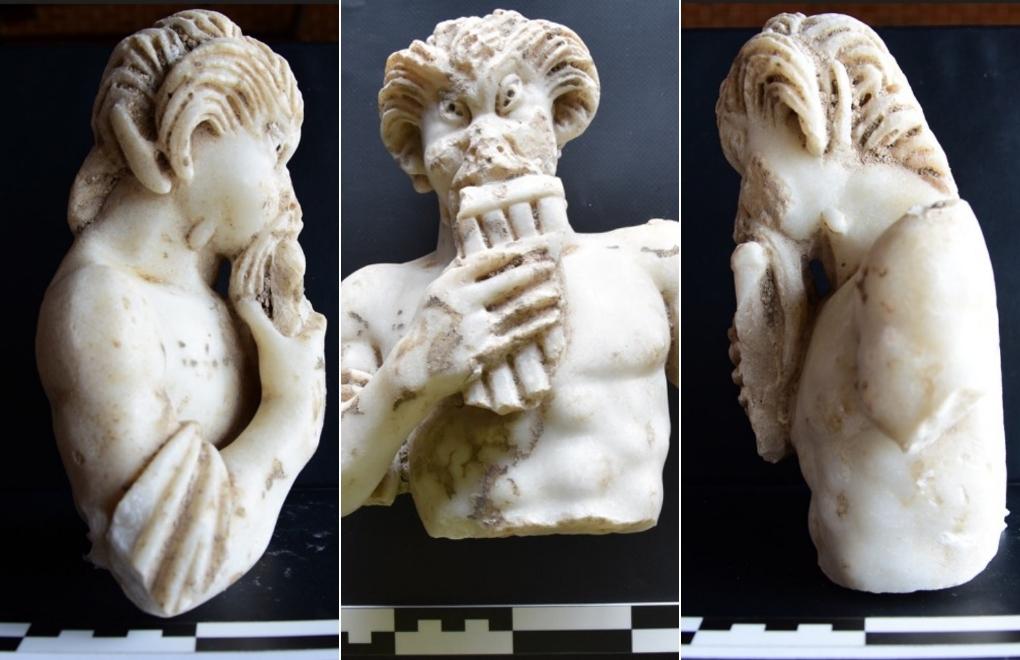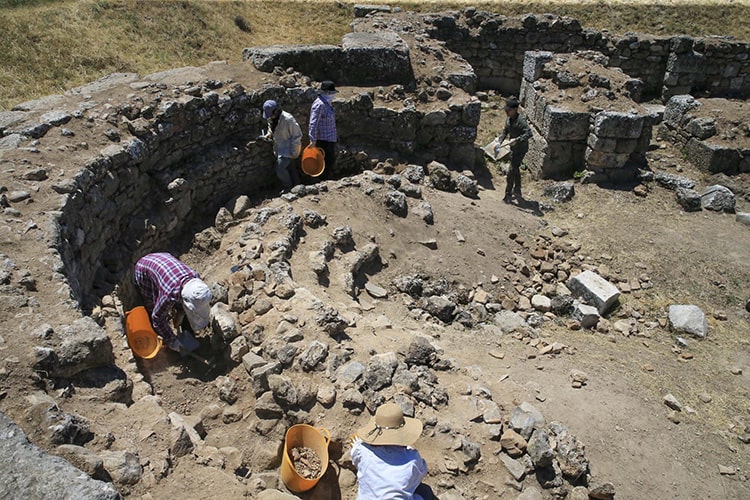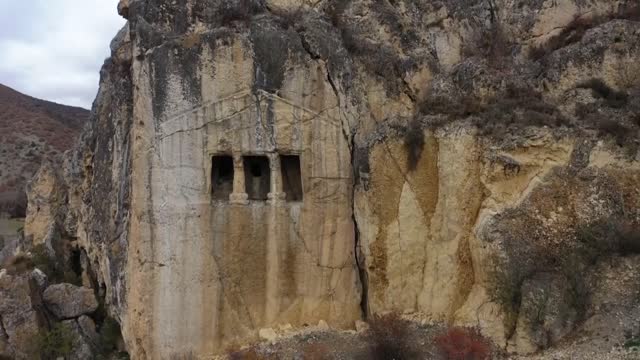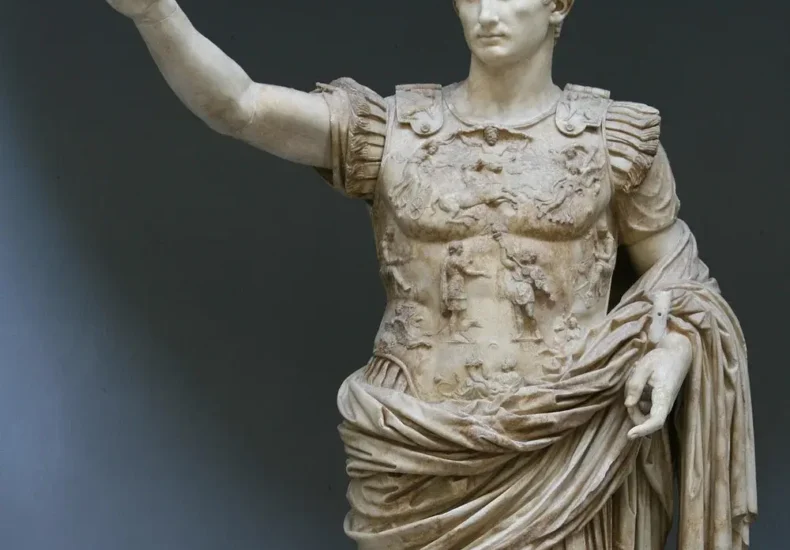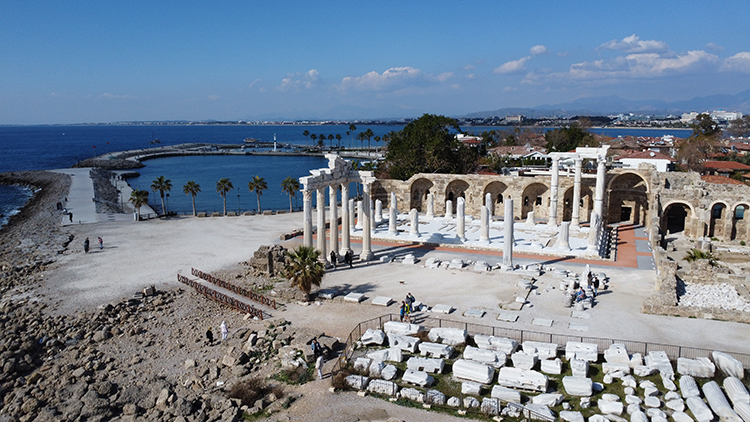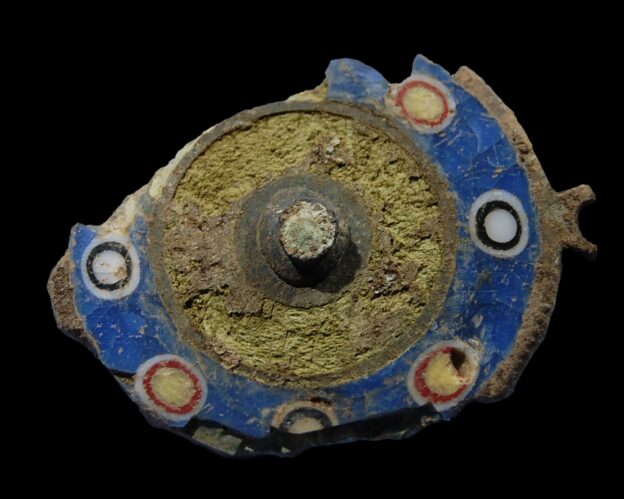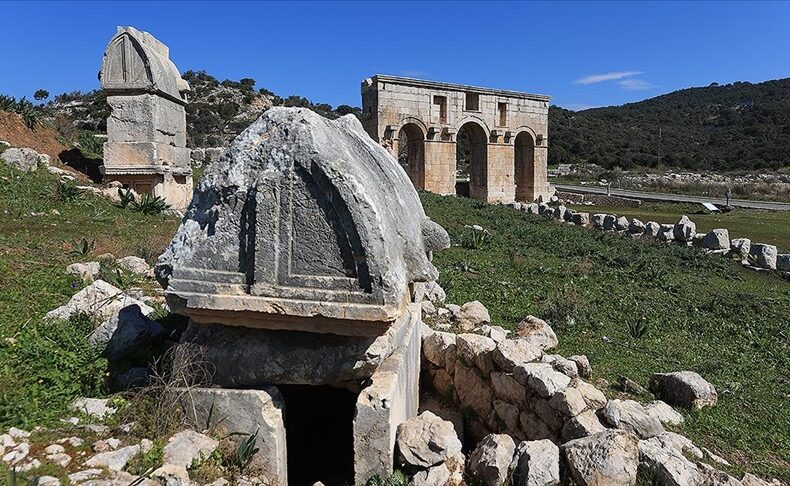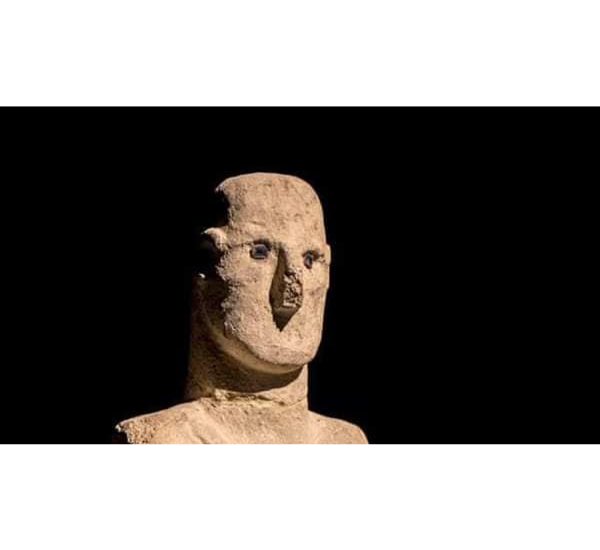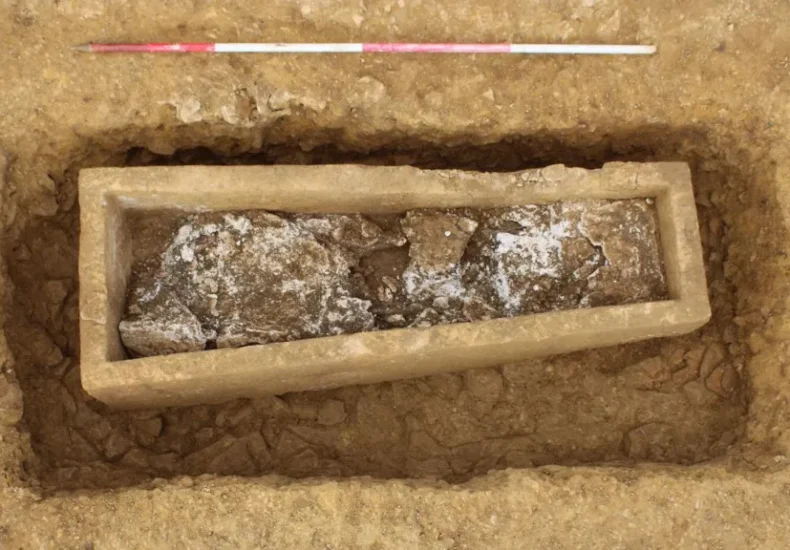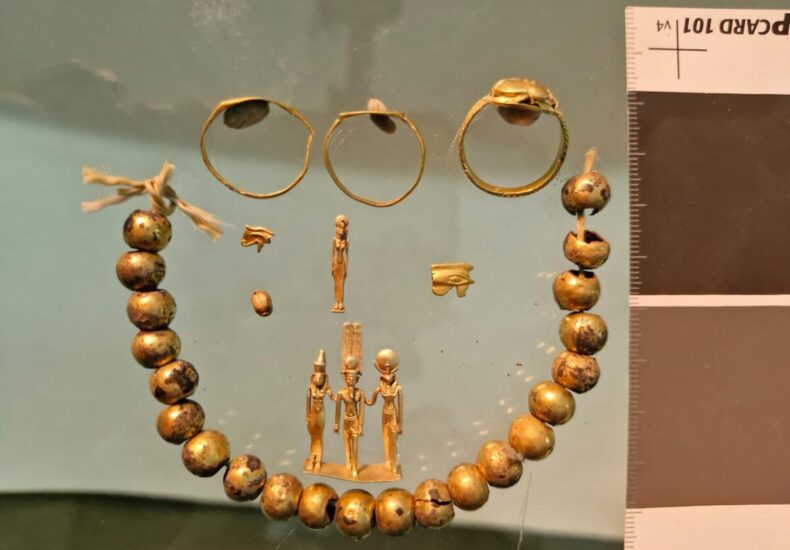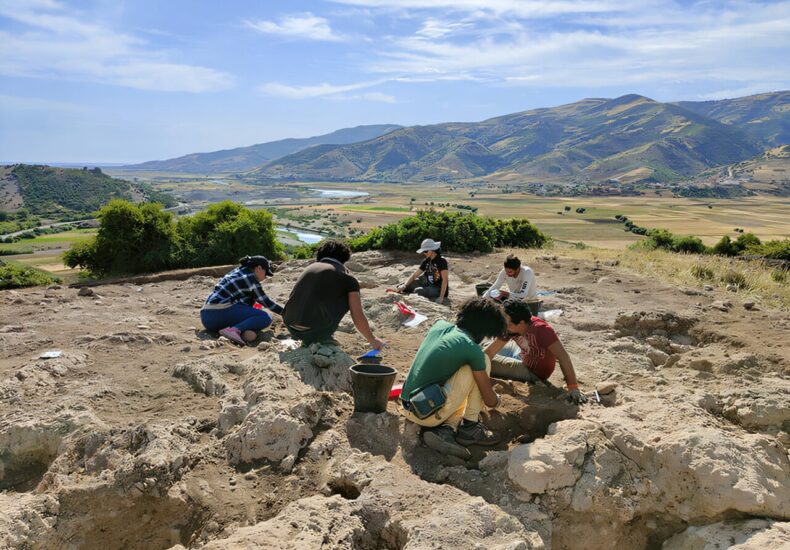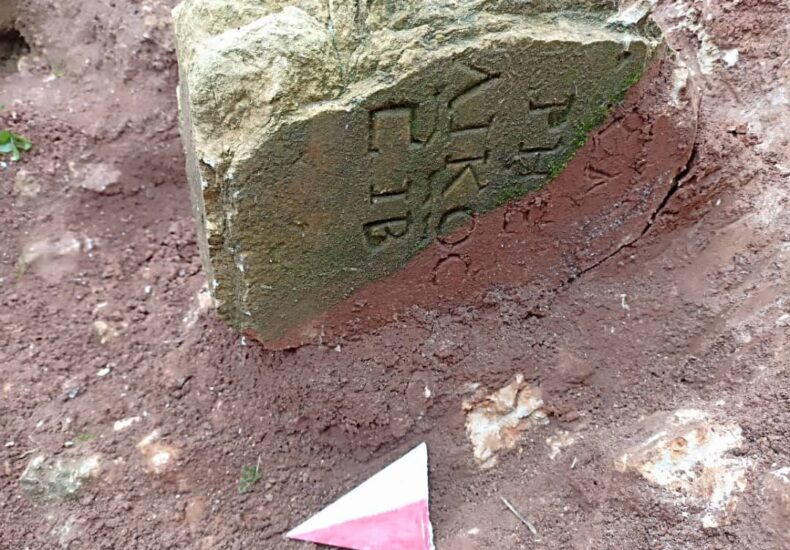Carian Princess: The Enigmatic Queen of Bodrum from Thousands of Years Ago
In the heart of modern-day Bodrum, Türkiye, a remarkable archaeological discovery from 1989 continues to intrigue historians and visitors alike. During a routine construction inspection in the Yokuşbaşı neighborhood, a rock-cut burial chamber was uncovered—one that would soon reveal the story of a noble woman from ancient Caria. Though her exact identity remains a mystery,




